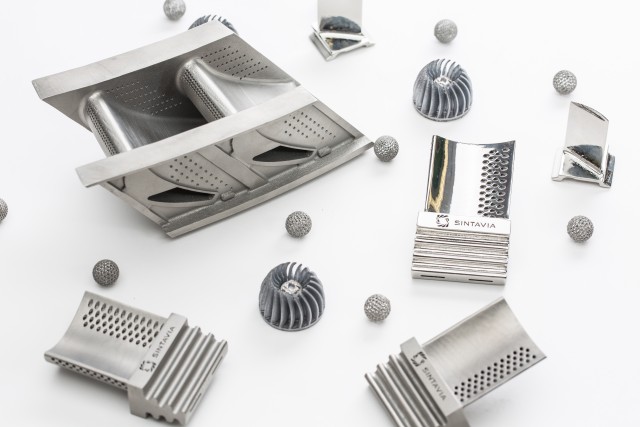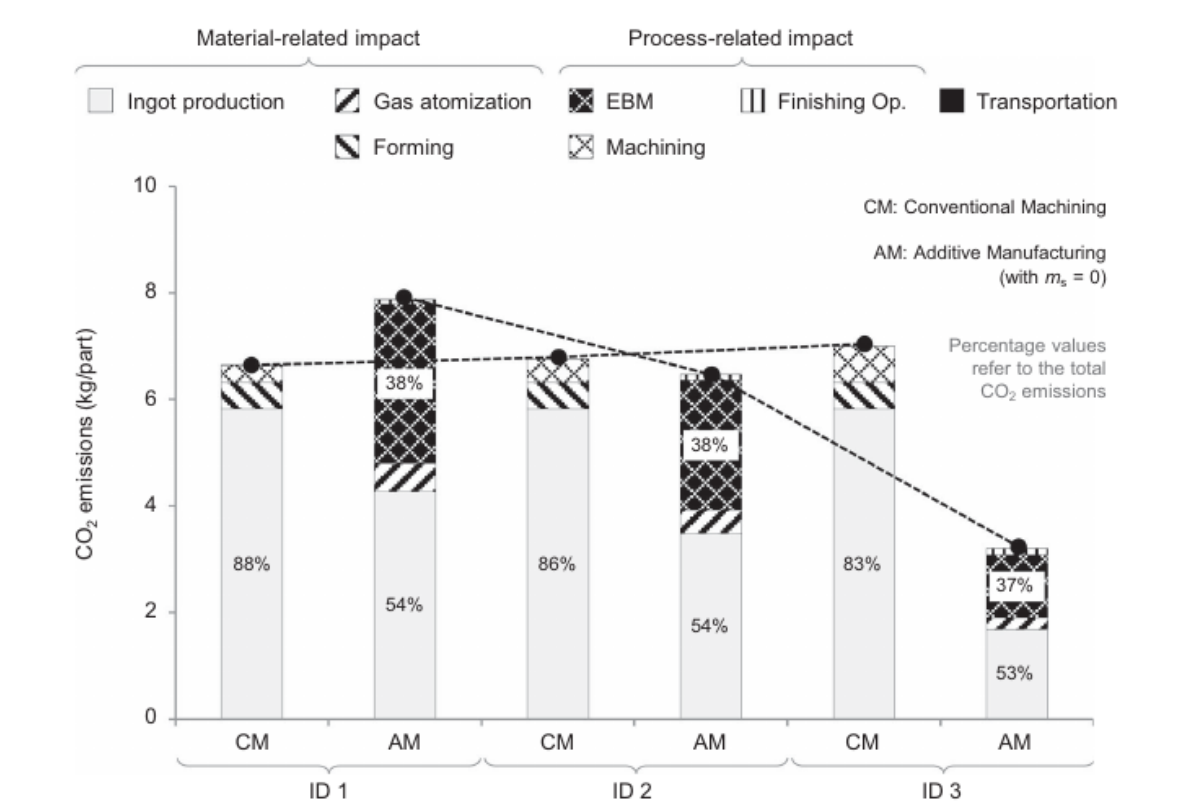The Additive Manufacturer Green Trade Association (AMGTA) has published its first commissioned university research paper on the environmental effects of metal 3D printing.
The trade group was originally launched in 2019, with the core aim of promoting the benefits of the technology, by founding members Sintavia, Taiyo Nippon Sanso Corporation, and QC Laboratories to name a few. AMGTA also has a number of major names in the industry acting as participating members, including 3D printer OEMs EOS, GE Additive, and SLM Solutions.
The state of knowledge
The literature-heavy review is titled State of Knowledge on the Environmental Impacts of Metal Additive Manufacturing, and was produced by co-authors Dr. Jeremy Faludi from the Delft University of Technology and Corrie Van Sice from Dartmouth College.
The authors state that it aims to “summarize current knowledge and identify areas where information is sparse, unclear, and much needed”. Structurally, the report consolidates existing academic literature on the environmental effects of the technology, comparing it with traditional manufacturing and diving deeper into specific materials and processes from a materials database.

Environmental impacts of metal 3D printing
The metal additive manufacturing market is a fast-growing one, valued by the report at $1B in 2020, and expected to grow over 27% annually over the coming years. While there are a number of sub-technologies that drive the market, such as SLM, EBM and DED, they all provide similar benefits over conventional subtractive and formative manufacturing processes. Namely, a greater degree of design freedom, assembly consolidation, lighter parts, and more cost-effective production (provided production volume is below a certain threshold).
AMGTA’s key takeaway stated that, on average, additive manufacturing has a higher carbon footprint, per kg of material processed, than its conventional counterparts when exclusively considering the direct manufacturing process. However, the geometry of the part being manufactured had a major impact on this outcome – it is preferable to machine a solid cube, whereas it would be best to 3D print a hollow shell, lattice, and any other geometries with complex curvatures and internal channels. Therefore, the authors believe it would be beneficial to adopt a standard reference part, or parts, to make the comparison process easier.

Sherry Handel, Executive Director of the AMGTA, explains: “No one should expect metal AM to be a more sustainable way to manufacture basic metal parts given the focused energy inherent in laser melting, but AM should present a more sustainable course for manufacturing finished precision components.”
The paper goes on to state that further life cycle assessment (LCA) studies are required to more precisely quantify these impacts, which AMGTA plans to commission. Future assessments should ideally also include the full product life cycle, as processes such as raw material extraction, gas atomization, and logistics will undoubtedly have major impacts on the resulting carbon footprint. Further details of the project can be found in the paper here.

Individual companies have also started realizing the sustainability benefits of3D printing. Global transit manufacturer Wabtec recently released its 2020 Sustainability Report with details of the company’s commitment to the environment and social responsibilities. The report outlines a number of activities the company has been undertaking to improve its global environmental performance, including how integrating additive manufacturing has contributed to the firm’s sustainability aims.
Elsewhere, metal binder jetting OEM ExOne launched its #MakeMetalGreen social media campaign drawing attention to the sustainability of its metal binder jet 3D printers. The campaign is also intended to educate manufacturers on the benefits of using metal binder jetting over alternative manufacturing technologies, additive or otherwise.
Subscribe to the 3D Printing Industry newsletter for the latest news in additive manufacturing. You can also stay connected by following us on Twitter and liking us on Facebook.
Looking for a career in additive manufacturing? Visit 3D Printing Jobs for a selection of roles in the industry.
Featured image shows examples of Sintavia’s metal additive manufacturing capabilities. Image via Sintavia.



